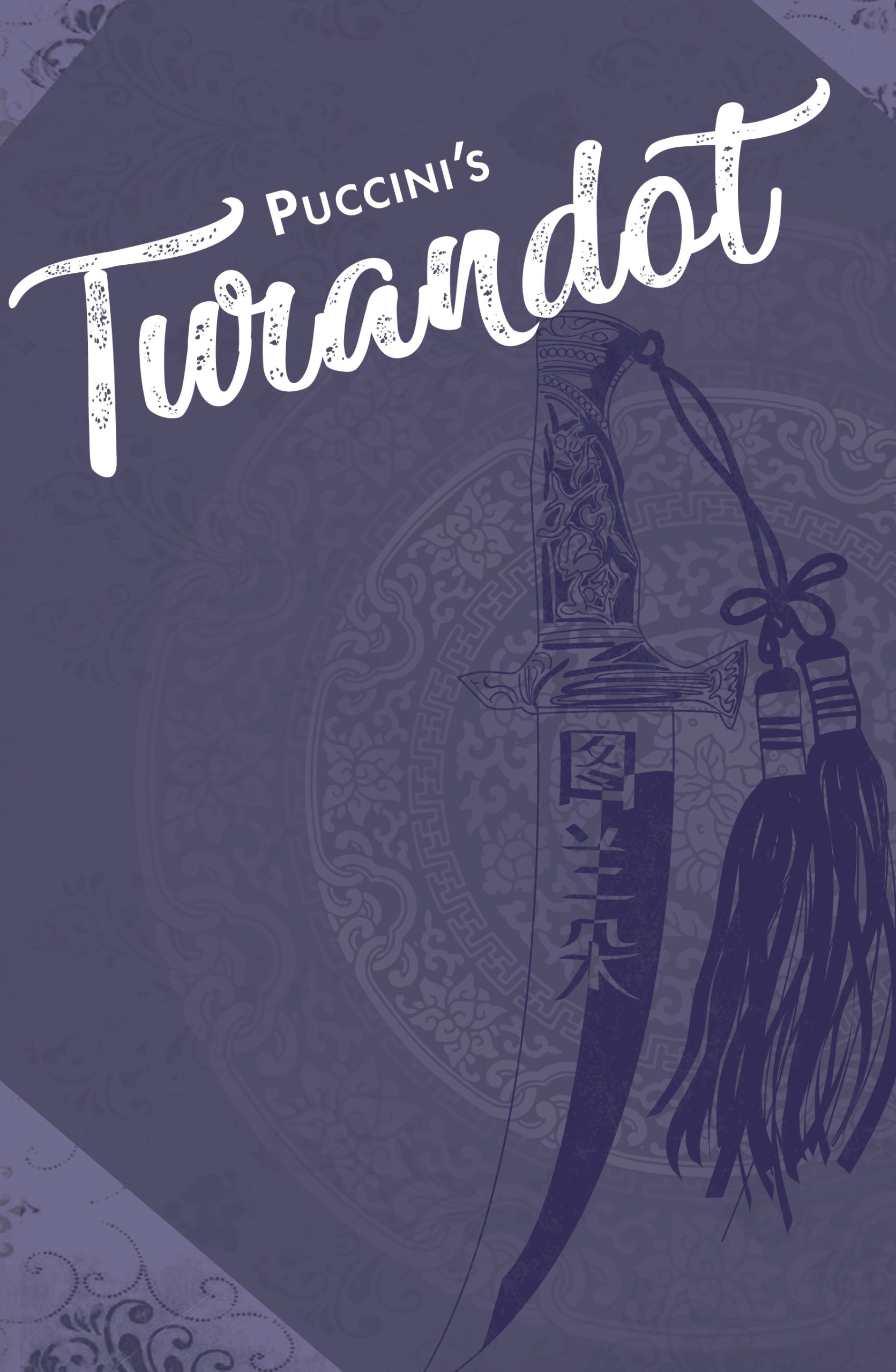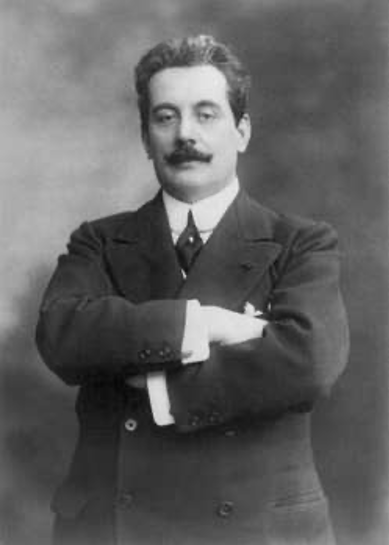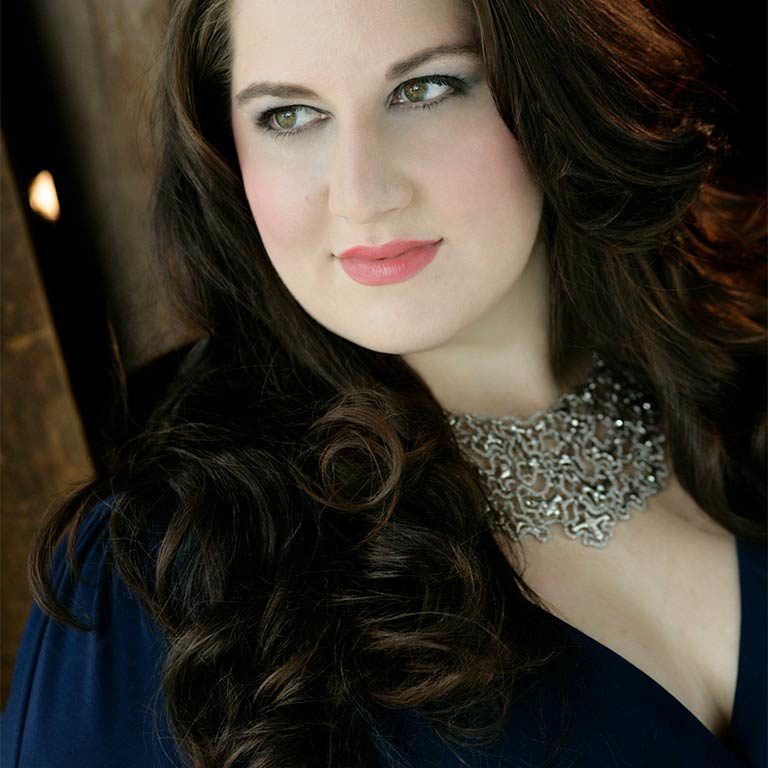
Alexandra Loutsion, soprano
@ALooshSoprano
Turandot
VIDEO: Turandot – New Orleans Opera Association, 2018

Jonathan Burton, tenor
@jburtontenor
Calaf
VIDEO: Turandot – Sarasota Opera, 2019

Cecilia Violetta López, soprano
@sopranocvlopez
Liu
Opera News Article, 2015

David Leigh, bass
@dleighmusic
Timur
VIDEO: “Poor Wayfarin’ Stranger”
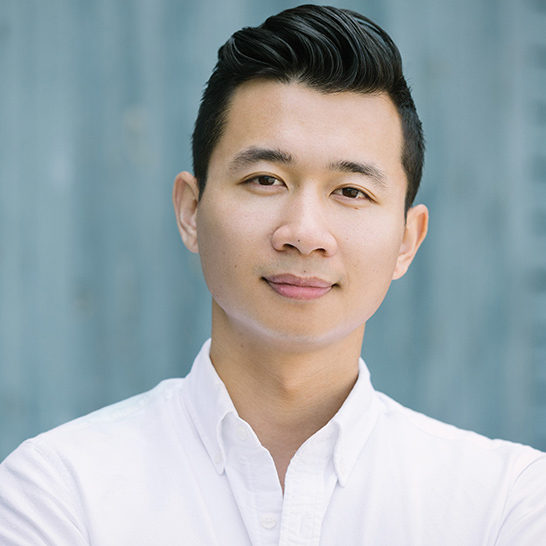
Brian Vu, baritone
Ping
VIDEO: “Largo al factotum” from The Barber of Seville

Joseph Gaines, tenor
Pang
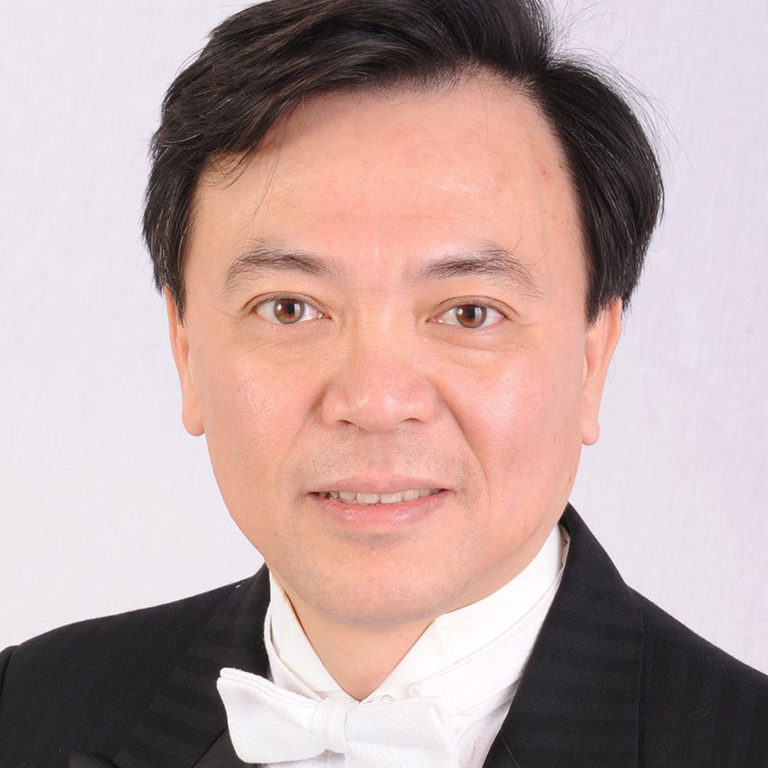
Joseph Hu, tenor
Pong

Benjamin Sieverding, bass
@BenSieverding
Mandarin

Evan K. Brown, tenor
Emperor

Brendan Boyle, tenor
Prince of Persia

“Là, sui monti del l’est” (Over the hills far away) – Children’s Chorus from Turandot
One of the great connections and special moments in Turandot is the entrance of the Children’s Chorus in Act 1. The melody of this song was inspired by a Chinese folk song dating back to the 18th Century – Qing Dynasty.
Children’s Chorus from Turandot – staged version
Children’s Chorus from Turandot – concert version
“Mo Li Hua” (Jasmine Flower) – a Chinese Melody in Turandot
Puccini borrowed Chinese tunes for use in his last opera, Turandot.
“Mo Li Hua” (Jasmine Flower) vocal score – in F Major
The folk song, “Mo Li Hua”, is known in the Western world as the “Jasmine Flower.” The song describes the jasmine flower, which is beautiful and white. Many listeners will remember hearing it performed during the Olympic Opening Ceremony in china in 2010.
A perfect pentatonic melody for your treble choir! It could use as a sightreading piece as well.
English Translation:
Flower of jasmine, so fair! Flower of jasmine, so fair! Budding and blooming here and there, Pure and fragrant all do declare. Let me pick you with tender care, Sweetness for all to share. Jasmine fair, oh Jasmine fair.
“Là, sui monti del l’est” (Over the hills far away) – Children’s Chorus from Turandot
Melody and bassline for Puccini’s chorus, with English translation. The original key is Eb. Bass part also provided in F Major for easy transposition.
English Translation:
There, on the Eastern mountains, the stork sang. But April blossomed no more, and the snow didn’t thaw. From the desert to the sea, can’t you hear a thousand voices sighing: “Princess, come down to me! All will blossom again, all will be resplendent!” Ah!
Go to the AUDIO and VIDEO Resources TAB to find more music selections!!
“Signore, ascolta” – Liu’s aria
Liu sings “Signore, ascolta” to beg Calaf, the prince, not to risk his life for the Princess Turandot. Don’t forget to check out the beautiful Animated Listening Map of this aria in our ACCESS OPERA: Turandot PowerPoint, found at the top of this webpage.
“Signore ascolta!” Lyrics & English Translation
Leona Mitchell singing “Signore, ascolta!” – staged
Renee Fleming singing “Signore, ascolta!” – with visual music score
“Signore ascolta!” – performed on the oboe, by Katsuya Watanabe
“Nessun dorma”
“Nessun dorma” is an aria from the final act of Puccini’s opera Turandot.
It is one of the best-known tenor arias in all opera. Calaf begins with Turandot’s own words “no-one shall sleep”, then goes on to exclaim that he will win Turandot’s hand. The climax on the high note at the end (High “B”) occurs on the word “vincero” which means “I will win.”
“Nessun dorma” Lyrics & English Translation
Luciano Pavarotti singing “Nessun dorma”
Luciano Pavarotti’s complete vocal range in one minute!
The Life of a Song: “Nessun dorma”
One of the most famous classical crossover songs of all time. Read about how it became popular and the many “covers” of aria and uses of the melody in the media.
Aretha Franklin singing “Nessun dorma”
Aretha Franklin fills in for an ill Pavarotti to sing “Nessun dorma” at the 1998 Grammy Awards.
The moment Aretha Franklin stepped in for Pavarotti
A touching story by ABC News anchor David Muir, remembering Aretha Franklin.
Jonas Kaufmann singing “Nessun dorma” – includes subtitles
Jonas Kaufmann is considered one of the best tenors singing today. In this video, he sings at the BBC Proms with the BBC Symphony Orchestra, conducted by Marin Alsop, 2015. Marin Alsop is an American female conductor, currently serving as the music director for the Baltimore Symphony Orchestra.
Who Sang the “Nessun dorma” ending the best?
Listen to the climax of the aria “Nessun dorma” performed by several different singers. Which version did you like the best? Why?
Jeff Beck performs “Nessun dorma”
Jeff Beck (Geoffrey Arnold Beck – born June 24, 1944) is an English rock guitarist. He is one of the three noted guitarists to have played with The Yardbirds.
“In questa reggia” – Turandot’s aria
Turandot sings this aria in Act II of the opera. In the aria, Turandot explains the three riddles she has created as a test for any prince that wishes to marry her. She tells the story of Princess Lo-u-Ling, who thousands of years ago was conquered by the King of the Tartars, attacked and murdered. She has resolved to avenge that death by killing any man that fails to answer the three riddles.
Leontyne Price singing “In questa reggia”
Anna Nebtrebko singing “In questa reggia” at the FIFA World Cup Opening Gala Concert in Moscow
Excerpts of Turandot from the Metropolitan Opera.
An excerpt from “In questa reggia” – The Met: Live in HD
Beginning of Act II – The Met: Live in HD
The final moments of Turandot – The Met: Live in HD
Iain, the 6-year old theatre critic shares his review of Turandot
Just how do you pronounce Turandot’s name anyway?
In the original Persian, the princess’ name appears as “Turandokht.” According to Rose Raisa, the first to portray the title character, Puccini never pronounced the “t” at the end. Dame Eva Turner, one of the most renowned singers to have portrayed Turandot, agrees. One Puccini scholar, Patrick Vincent Casali notes that although the “t” at the end should be pronounced, singing it that way is nearly impossible. William Berger, author of “Puccini Without Excuses”, argues the case for the ending to be pronounced with a proper Italian accent, as “doat”. These days it seems that the final word on this goes to Simonetta Puccini, the composer’s granddaughter who declares that it must be pronounced with the “t”. – Opera Lyra (Ottawa)
San Francisco Opera Educator Materials – Turandot
Metropolitan Educator Guide – Turandot
Opera Philadelphia Study Guide – Turandot
Vancouver Opera Study Guide – Turandot
Manitoba Opera Study Guide – Turandot
Pittsburgh Study Guide – Turandot
Florida Grand Opera Study Guide – Turandot
Nashville Opera Study Guide – Turandot
Minnesota Study Guide – Turandot
TURANDOT Cheat Sheet
Check out this page from Opera Australia – lots of interesting notes, including the following:
- Puccini first heard some of the Chinese folk melodies in the opera in a music box – a gift from an Italian diplomat to China. He used several of the music box melodies in the opera, including the “Jasmine Flower” theme.
- Turandot was not performed in China until 1996, as the opera paints a one-dimensional and not very flattering picture of China.
- That incredible top B in “Nessun dorma” is only written as a tiny grace note, meant to be sung quickly! But tenors like to show off their top notes, so it has become tradition to hold it forever before resolving to the A at the end. For most tenors, that B is at the top of their range.
The Character of Liu
This article, written by opera director Marc Verzatt, goes into great detail about the motivation and meaning within the character of Liu.
Turandot and Orientalism
TURANDOT’S HOMECOMING: SEEKING THE AUTHENTIC PRINCESS OF CHINA IN A NEW CONTEST OF RIDDLES (a thesis by Ying-Wei Tiffany Sung)
If you are looking for some deeper reading, this paper includes in-depth information and analysis of the origin of the Turandot story and the production history of Turandot in China.
Adjusting the pitch: Canadian Opera Company grapples with interpreting Turandot for today
Turandot isn’t just problematic – it’s complicated
Time to call it quits on Orientalist Opera?
The Oriental Turandot: a victimized masterpiece












